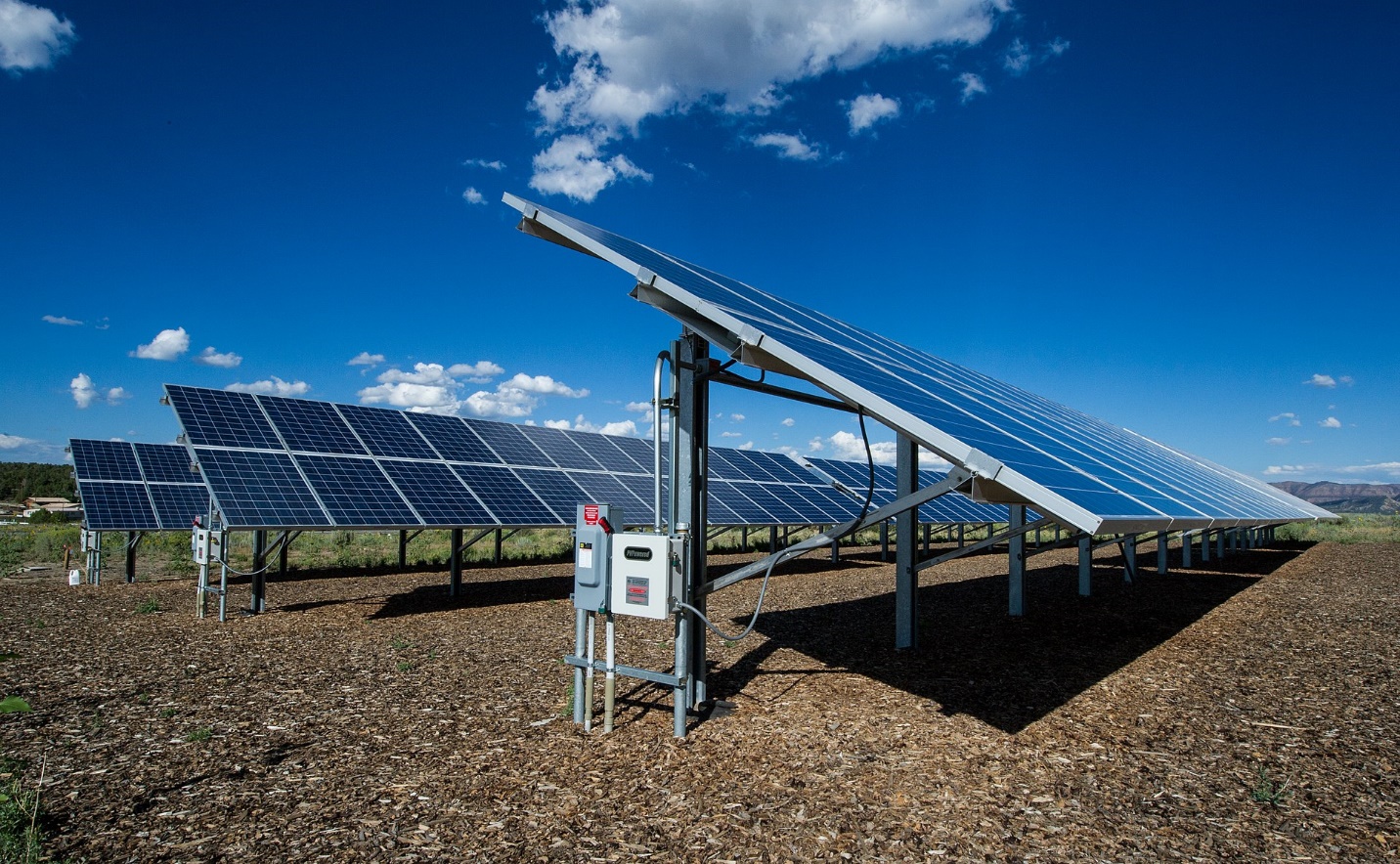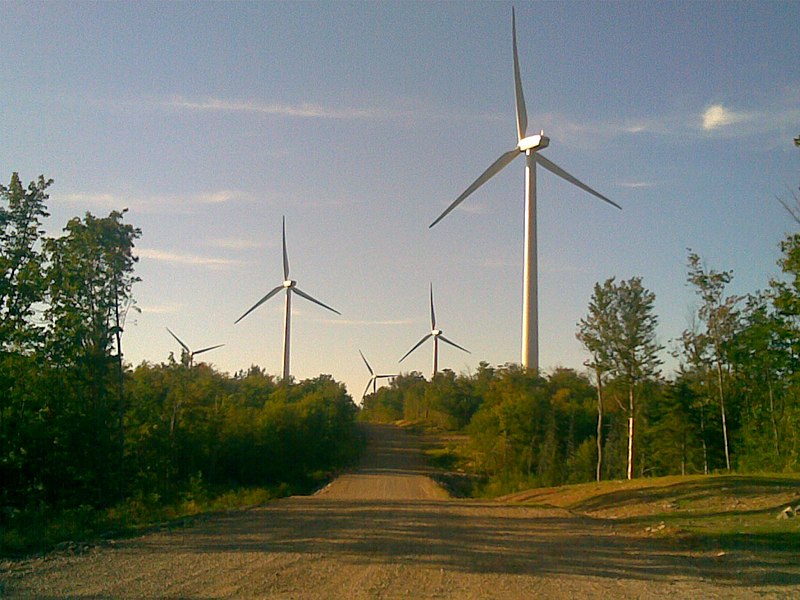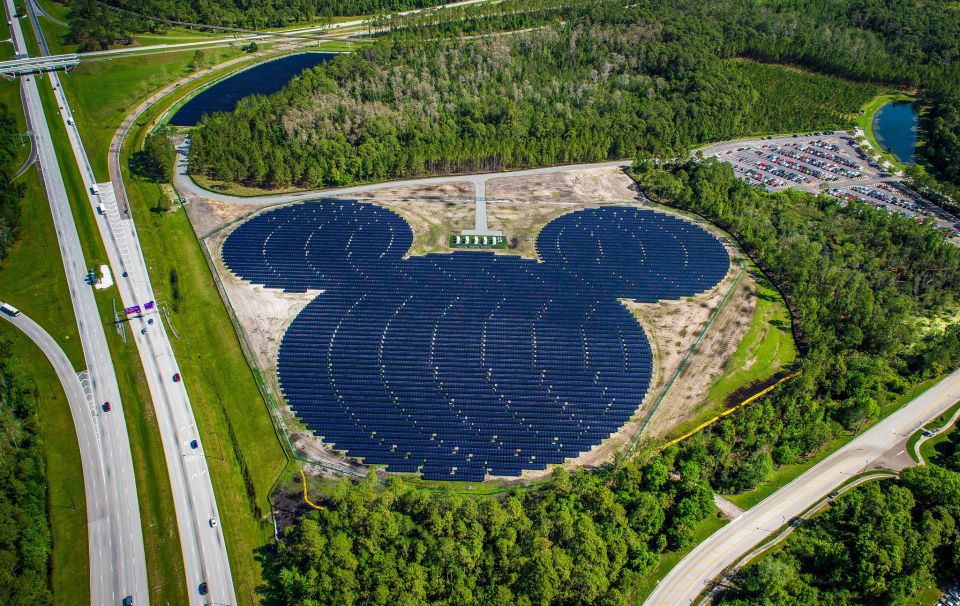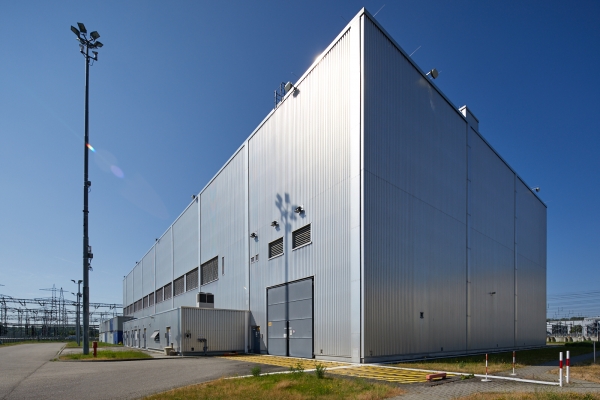Renewable technologies can’t escape the issue of waste management
 A recent article from Deseret News looks at the stark reality of hazardous waste piling up from the green energy revolution. The lengthy article, "The dark side of ‘green energy’ and its threat to the nation’s environment," was written by News reporter Amy Joi O’Donoghue and is based on an Environmental Protection Agency briefing from the Trump administration. The briefing, issued in January, outlines the difficulties the United States will face in recycling and safely disposing of the materials used for green energy technologies.
A recent article from Deseret News looks at the stark reality of hazardous waste piling up from the green energy revolution. The lengthy article, "The dark side of ‘green energy’ and its threat to the nation’s environment," was written by News reporter Amy Joi O’Donoghue and is based on an Environmental Protection Agency briefing from the Trump administration. The briefing, issued in January, outlines the difficulties the United States will face in recycling and safely disposing of the materials used for green energy technologies.
Green energy’s looming waste problem: While the current fervor around the globe is to decarbonize as quickly as possible using wind and solar, the energy industry has yet to fully tackle the long-term waste stream for these systems. Many supporters think that renewable energy equals no waste, when in reality all energy-producing technologies produce waste that should be managed responsibly. That includes solar panels and wind turbines, which have their own environmental hazards such as toxic metals, oil, fiberglass, and other materials. Andrew Wheeler, EPA administrator at the time, said, “Without a strategy for their end-of-life management, so-called green technologies like solar panels, electric vehicle batteries, and windmills will ultimately place [an] unintended burden on our planet and economy.”


 What about wind? O’Donoghue states that according to the EPA briefing, “Windmills are the least energy producing and most physically difficult renewable energy waste stream to address.” The huge size of windmills (
What about wind? O’Donoghue states that according to the EPA briefing, “Windmills are the least energy producing and most physically difficult renewable energy waste stream to address.” The huge size of windmills (




